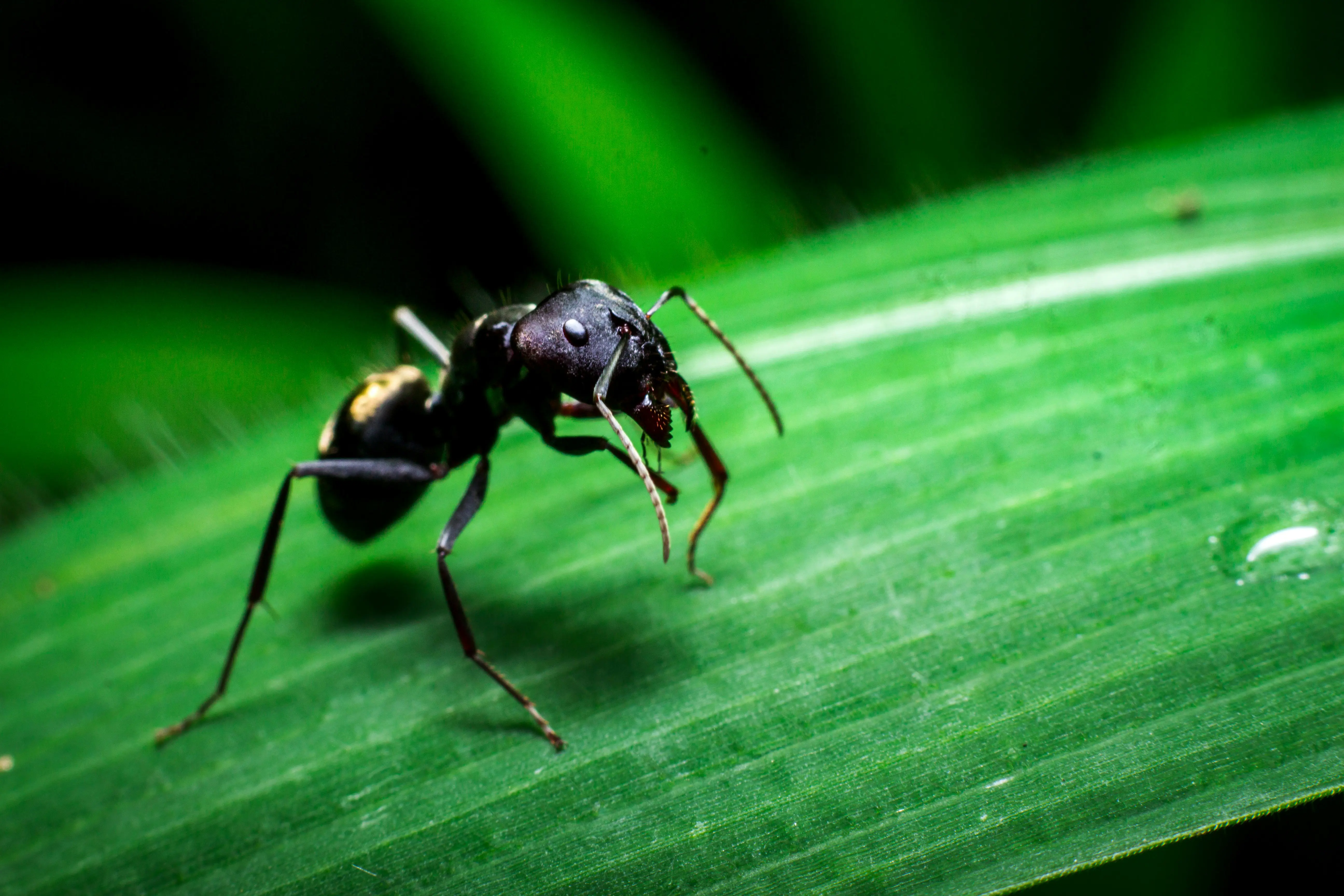Rising Temperatures Could Unleash Invasive Ants Outdoors

As the planet warms, invasive ants that currently reside only indoors in cold regions like Canada might soon start venturing outdoors, as revealed by a recent study from the University of Toronto.
These sneaky insects often enter Canadian buildings by hiding in shipping crates, plant pots, or soil, and travel across regions along with consumer goods. Researchers from the University of Toronto, publishing their findings in the journal Diversity and Distributions, caution that some invasive ant species could wreak havoc if they establish themselves outdoors.
"We usually think of non-native species invading outdoor environments," explains Toby Tsang, a postdoctoral researcher in biological sciences at U of T Scarborough and the study's lead author. "But indoor environments, such as homes and greenhouses, offer non-native ants a safe haven, especially in colder areas where they wouldn't survive outside."
Tsang's study analyzed global data on 323 non-native ant species across 477 geographical regions to understand how climate affects their spread. His model suggests that with a 2 to 4-degree Celsius increase in global temperatures, ants currently limited to indoor areas may begin to thrive outside, especially in the northern colder regions.
Indoor spaces act as a "stepping stone" for ant invasions, providing a warm, secure place until outdoor conditions become more favorable. In Ontario, five non-native ant species dwell only indoors for now, but one species, Wasmannia auropunctata or the little fire ant, could cause significant damage if it spreads outside.
This golden brown ant, known for its painful sting, originates from Central and South America. It has already spread to five continents and resides in Canadian greenhouses, posing a threat to native species and agriculture. Listed among the world's worst invasive species by the International Union for Conservation of Nature, Wasmannia auropunctata can outcompete native ants and prey on small animals. It also harms farm workers and animals, with its sting sometimes causing blindness.
Despite the dangers, Tsang notes that invasion monitoring often overlooks indoor populations of non-native ants. "Species like the Argentine ant and Wasmannia can be very harmful," he warns. "They can outcompete native species, damage ecosystems and agriculture, and even pose health risks to humans. We need to pay more attention to them."